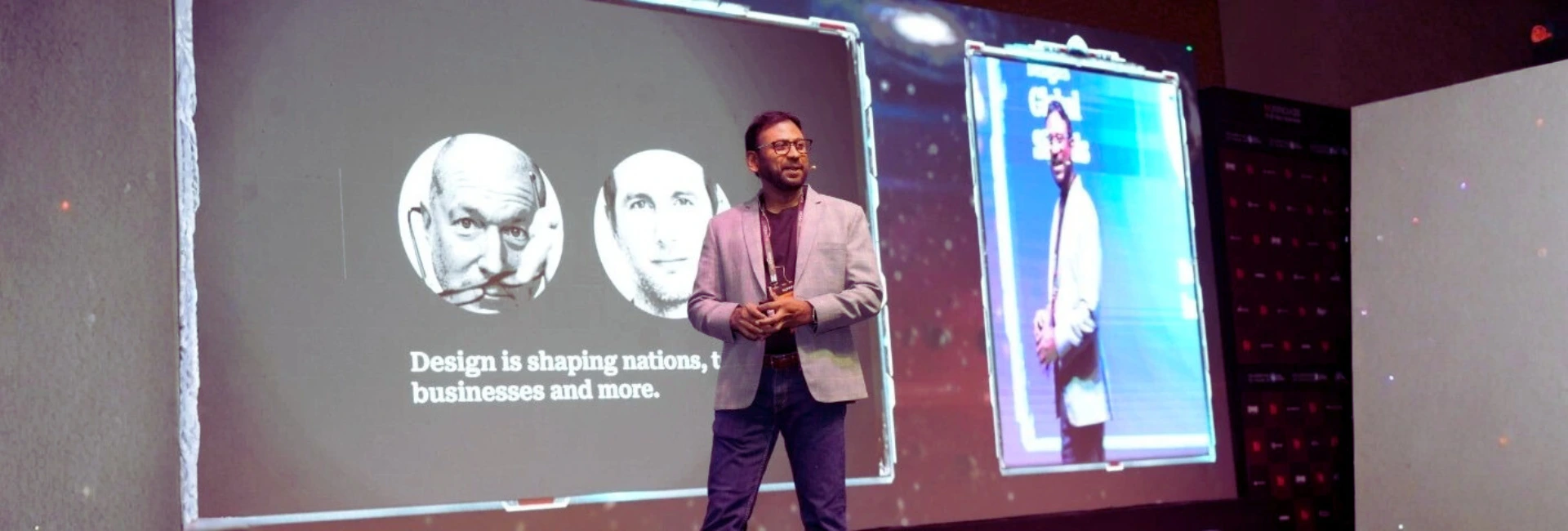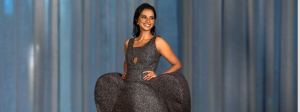(October 23, 2025) For Bapu Kaladhar, design is not just about creating beautiful products. It’s about building systems that improve life and create lasting value for people, businesses, and society. He has been instrumental in advancing User Experience (UX) Design in India. A strategic design thinker, information architect, and design activist, Bapu specializes in human-centered and experience-driven design. “Design is a tool for social transformation and a way to make life better for people at every level of society,” he remarks in a conversation with Global Indian. Dividing his time between New York and Hyderabad, he continues to focus on how people interact with products, systems, and services, creating what he calls a value proposition of “Good Design for Better Living.”
A graduate of IIT Bombay and Pratt Institute, New York, Bapu is the founder president of the UXINDIA International Conference which recently marked its 25th edition. He is also the brain behind successful intiatives like Instill Design (Design Education for Social Change), TechEase, iINNOVATE, Boycott Bad Designs, and World Usability Day.
Through his not-for-profit initiative UsabilityMatters.Org (UMO), which recently completed 25 years of its inception, Bapu continues to create design awareness and make a difference in how the next generation gets educated through strategic, technological and sustainable innovations. A mentor focused in incubating new business models that deliver social impact, he has built innovative, easy to use products and applications for organizations like Microsoft, Sapient, Fidelity, Dr. Reddys, Cordys, BaaN and numerous startups.
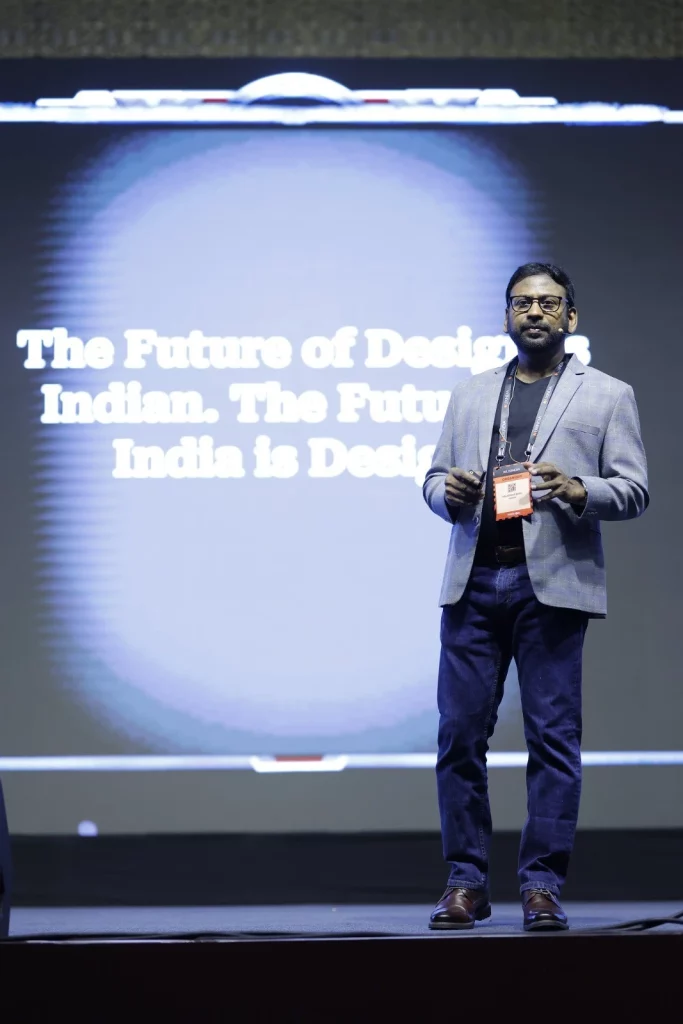
IIT Bombay to Netherlands
Bapu’s journey with UX began soon after graduating from IIT Bombay, where he was recruited by BaaN ERP, a Dutch enterprise company, as a Usability Engineer. At that time, the concept of usability was virtually unheard of in India. During his training in the Netherlands, Bapu was introduced to the principles of human-centered design. “That experience made me realize that design and usability could be powerful career paths, and more importantly, tools to improve life and business outcomes,” he mentions.
‘Boycott Bad Designs’
When he returned to India, Bapu saw a growing technology boom but little awareness of user experience. To create that awareness, he started a simple movement in the year 2000 called “Boycott Bad Designs”, where people could share examples of poor design they encountered in their daily lives.
“This community-driven initiative struck a chord. It evolved into UsabilityMatters.Org (UMO) and eventually the UMO Design Foundation, built on the idea that usability matters,” he says. The foundation’s core belief is “Good Design for Better Living” — which is about using creativity, empathy, and entrepreneurship as catalysts for social and economic transformation while nurturing a generation of design entrepreneurs who see design as a force for better futures.
Building institutions
Bapu says the early years were challenging. There was no awareness of UX, no mentors, and no ecosystem to support design thinking. “What kept us going was persistence, passion, and the collective energy of a community that believed design could transform lives.” Over time, UMO evolved from raising issues to building institutions that nurture talent and drive social innovation. Among them was the UMO Design Foundation, advocating for good design and driving social-impact initiatives. The second was UXINDIA (founded 2005) which is India’s largest and the world’s longest-running UX conference, uniting global design leaders.
Next was UMO Design School, a new initiative reimagining design education through real-world projects and cross-disciplinary learning. Through the UMO Design Foundation and UXINDIA, he has actively been mentoring and incubating design-led startups that tackle real-world challenges in healthcare, education, sustainability, and AI. “Our approach focuses on helping founders understand not only what to build, but why and for whom, embedding human values and purpose into the DNA of their business models.”
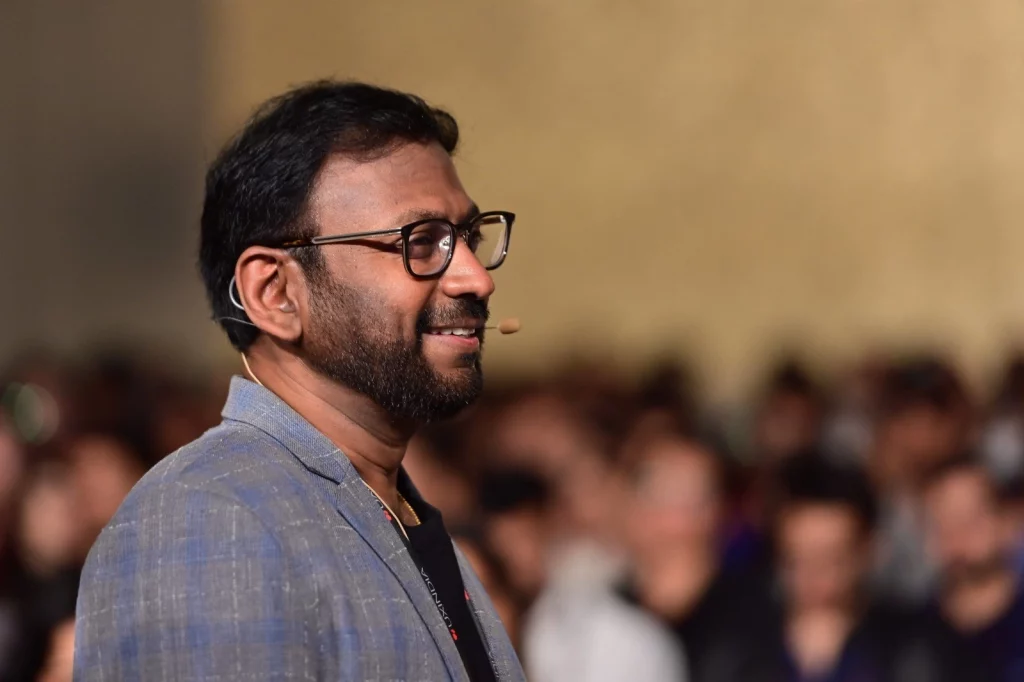
Collaboration with global organisations
Over the past two decades, Bapu had the opportunity to collaborate with some of the world’s most respected organizations in finance, technology, and enterprise design, helping them create products that are more intuitive, efficient, and human-centered. At Cordys (now OpenText), he established one of Asia’s best-equipped usability labs and helped pioneer usability engineering practices in India, laying the foundation for enterprise UX at a time when the discipline was just emerging.
At Microsoft, he worked on building design frameworks and UX systems that made complex enterprise applications simpler and more user-friendly, guiding teams to adopt a human-centered approach across product lifecycles. At Goldman Sachs, Citi, Morgan Stanley, and Moody’s, his work involved reimagining institutional finance tools, from trading and treasury systems to compliance platforms, transforming them into intuitive, data-driven experiences that improve user efficiency and trust.
“I also created the Kernel Design System, which became the foundation for consistent, composable interfaces across dozens of digital products and scaled global design teams across the U.S. and India.” Beyond large enterprises, Bapu partnered with startups across sectors to help them design scalable products and business models that align user needs with business growth.
A creative mind
From an early age, Bapu’s world revolved around art, craft, and culture. He was captivated by sketching, architecture, cartooning, caricature, and the study of everyday human behaviour.
The writings of Swami Vivekananda and Jiddu Krishnamurti deeply influenced his thinking, teaching him the importance of reflection, discipline, and empathy—values that continue to shape his design philosophy and leadership today. “My father, an artist and a great admirer of legendary filmmaker Bapu named me Kaladhar Bapu, a name that’s become both an inspiration and a lifelong reminder to live with creativity and intention,” says Bapu, who was born in Amalapuram, Andhra Pradesh but spent most of his early life in Hyderabad.
Foundation of thoughtful design
His school years at Sisu Vihar, ZPP High School, and JNTU Hyderabad were marked by a restless curiosity. “Although I consistently performed well academically, what truly fascinated me was understanding why things are designed the way they are and how thoughtful design could make them better.”
This curiosity led me to pursue Industrial Design at IIT Bombay, where he discovered the transformative power of design as both a creative and strategic discipline. Later, he continued his journey at Pratt Institute, New York, where he studied Strategic Design Management, learning how to bridge creativity with technology, business, and human-centered innovation.
“Pratt Institute was truly transformational. It immersed me in a global environment of design leadership, innovation, and cross-disciplinary collaboration.” Being in New York—the world’s creative and cultural hub helped him see how art, technology, and business intersect to shape meaningful human experiences.
At Pratt, Bapu developed a deeper understanding of Strategic Design Management, learning how design can influence systems, organizations, and economies. “The exposure to international best practices, design futures, and cutting-edge research broadened my thinking beyond aesthetics or usability. It taught me how design can drive both economic and social impact.” That experience inspired him to bring this perspective back to India—to help make it a global design destination and to cultivate a new generation of designers who think beyond execution and towards transformation.
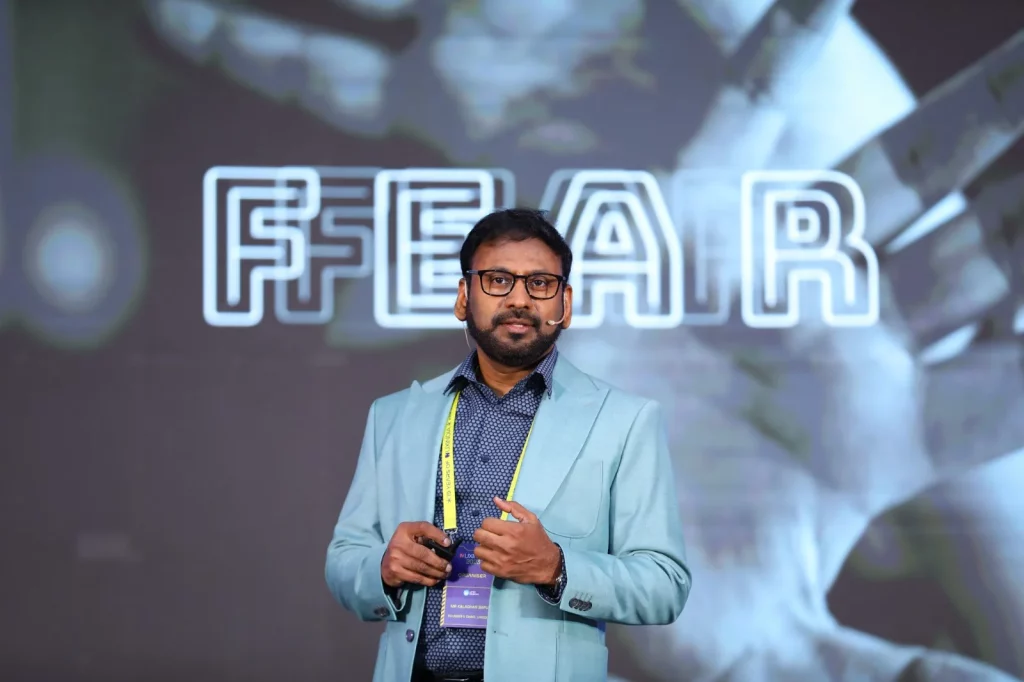
Staying connected to the global design conversations
Bapu regularly speaks at international forums such as UXPA, NASSCOM, IHCI, World Usability Day, and numerous academic and corporate events. “My talks often explore AI in Design, Design Entrepreneurship, and Social Innovation—topics that bridge creativity, business, and human impact.” Staying connected to the global design conversation is vital, which is why he actively participates in international forums and innovation platforms.
Vision 2030
Bapu’s vision for the next five years and beyond is guided by the belief that design can be India’s next global superpower. “The future of design is India, and the future of India is design.” His Vision 2030 is built around three key missions. Design Entrepreneurship: empower and incubate 100 design-led startups, helping designers evolve into founders and changemakers.
He aims to train and mentor one million women in AI and design literacy, creating new opportunities, jobs, and startups by 2030. He is also working towards democratising and disrupting design education by taking it to India’s Tier-2 and Tier-3 cities, making learning accessible, affordable, and future-ready. “Looking ahead, I plan to expand UMO Design Foundation and UXINDIA globally.”
Beyond work
Bapu finds joy in sketching, caricaturing, cartooning, photography, and traveling—each offering new perspectives on culture, people, and human behaviour. “These creative pursuits continually shape how I see design and the world around me.” Beyond work, he has a deep appreciation for Indian art, architecture, and culture, which has been a lifelong source of inspiration. “I’m passionate about visual storytelling and filmmaking, and I was fortunate to work with legendary filmmakers like Bapu, whose artistry left a lasting influence on my creative journey.” One day, he hopes to make a film that brings design and storytelling together on screen.
Outside the creative world, he loves playing table tennis and pickleball. Both help him stay active, focused, and refreshed. “I also practice deep meditation, which helps me stay centered, reflective, and connected to my creative energy.” His day begins early with meditation and yoga, followed by quiet reflection and reading, usually around design, technology, or philosophy. “Mornings are when I’m most focused, and I usually spend them mentoring startups, guiding my team at UMO, or working on new design and innovation initiatives,” he signs off.
- Follow Bapu Kaladhar on LinkedIn
ALSO READ: Sahar Mansoor: Leading India’s zero-waste revolution through social entrepreneurship
